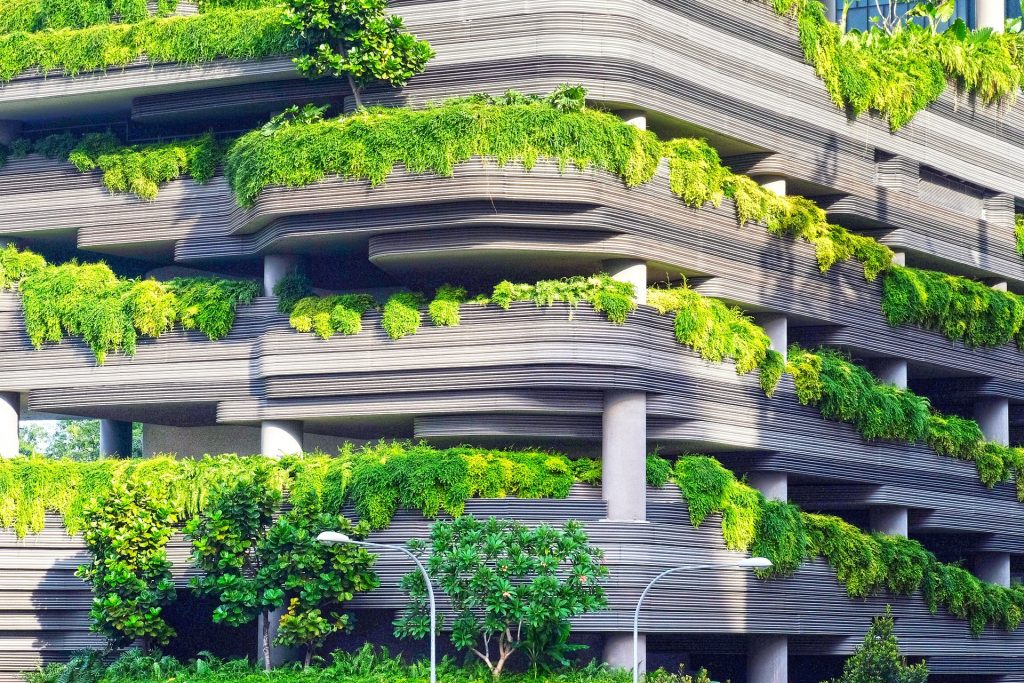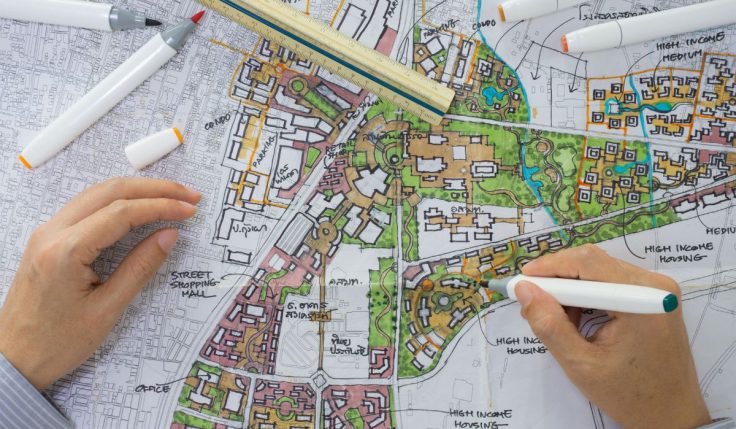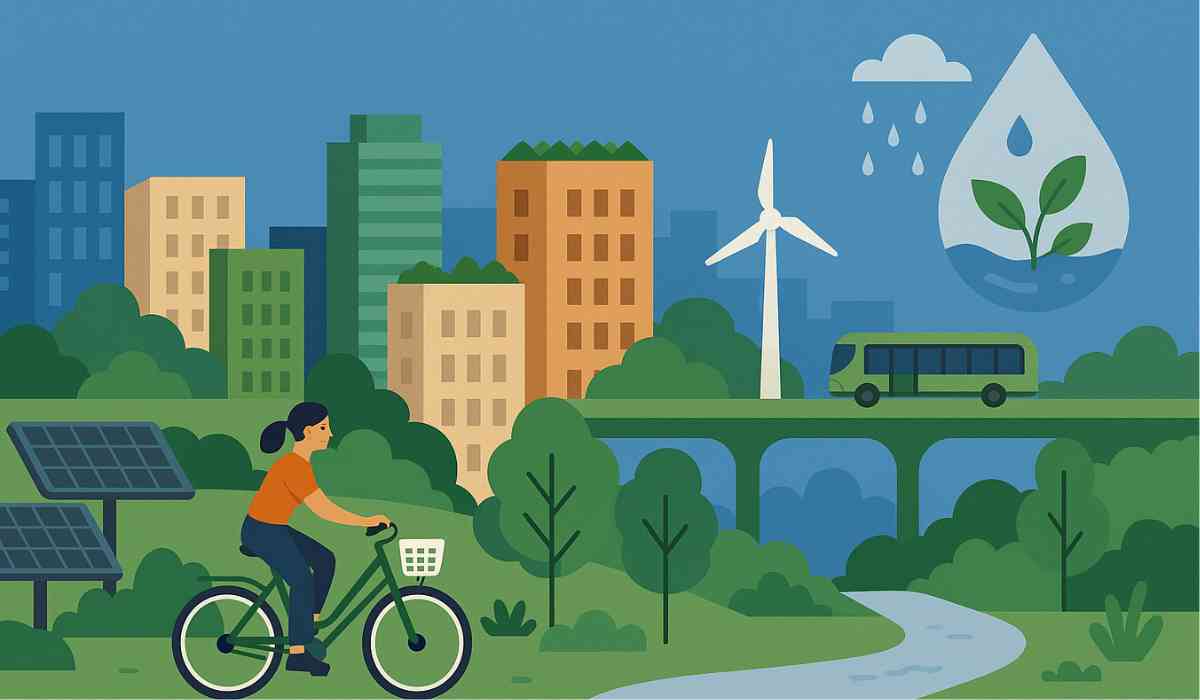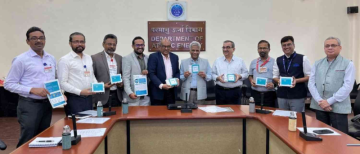As the climate crisis intensifies, urban cities-home to over two-thirds of the global population by 2050-are on the frontlines of both risk and resilience. Rising temperatures, extreme weather, and sea level rise threaten the very fabric of urban life, but cities worldwide are responding with a wave of innovation, transforming challenges into opportunities for sustainable growth and enhanced livability.
The Urgency of Urban Adaptation
Cities account for nearly 70% of global energy use and a significant share of greenhouse gas emissions, making them both a driver of climate change and highly vulnerable to its effects. Urban heat islands, flooding, water scarcity, and infrastructure stress are now common threats. Without adaptation, these risks will only grow as urban populations swell and climate impacts intensify.
Innovative Adaptation Strategies in Action
1. Green Infrastructure: Nature as Urban Armor

One of the most effective and attractive solutions is the integration of green infrastructure. Urban trees, parks, green roofs, and vertical gardens not only cool cities-reducing local temperatures by up to 2°C-but also absorb stormwater, improve air quality, and enhance biodiversity. Cities like Singapore have embraced the “garden city” model, while New York’s High Line and Tokyo’s extensive green roofs exemplify how urban greenery can transform neighborhoods and build resilience.
2. Flood-Resilient Urban Design

With increasing rainfall and rising sea levels, innovative flood management is essential. Rotterdam, for example, has pioneered floating structures, water plazas, and sustainable drainage systems that double as recreational spaces during dry periods and water retention basins during storms. Tokyo has invested in underground reservoirs and flood-proof walkways, while Oslo and New York have adopted permeable pavements and green roofs to manage runoff and reduce flood risk.
3. Climate-Smart Building and Zoning Codes

Cities are updating building codes and zoning laws to encourage climate-resilient construction. New York City has revised its zoning map to promote climate-proof structures, while Sydney enforces strict building codes and vegetation management to address bushfire and heatwave risks. These measures ensure that new developments are better prepared for future climate impacts.
4. Cool Pavement and Reflective Surfaces

To combat urban heat islands, cities like Tokyo are implementing cool pavement technologies and light-colored roofing materials. These surfaces reflect more sunlight and absorb less heat, significantly lowering ambient temperatures and reducing energy demand for cooling.
5. Water Conservation and Adaptive Governance

In water-scarce cities such as Cape Town, adaptive governance and community engagement are key. Strategies include promoting water conservation, investing in efficient infrastructure, and involving residents in decision-making to ensure equitable and effective adaptation. Such context-sensitive approaches blend technology, policy, and local knowledge for greater impact.
6. Integrated, Transdisciplinary Urban Design

Climate adaptation in cities increasingly relies on holistic, transdisciplinary approaches. This means combining architecture, social innovation, biodiversity, and multisensory design to create spaces that meet the needs of both people and nature. Projects like Bilbao’s “Chimenea Verde” and community-driven biodiversity initiatives show how co-creation and inclusive design foster social acceptance and ecological resilience.
The Power of Community and Policy

Adaptation is most successful when it involves all stakeholders-governments, businesses, and communities-working together. Networked governance, participatory planning, and transnational collaboration help cities share lessons, scale solutions, and ensure that adaptation measures are inclusive and just.
Looking Ahead: Building Resilient, Sustainable Cities
Urban adaptation is not just about surviving climate change; it’s about thriving in a rapidly changing world. By investing in green infrastructure, smart design, resilient buildings, and community-driven solutions, cities can reduce risks, improve well-being, and create a more sustainable future for all.
With inputs from agencies
Image Source: Multiple agencies
© Copyright 2025. All Rights Reserved Powered by Vygr Media.

























